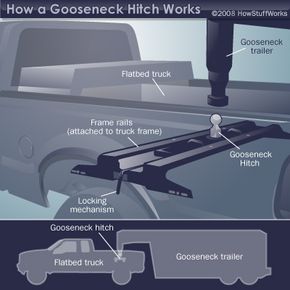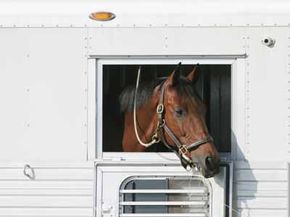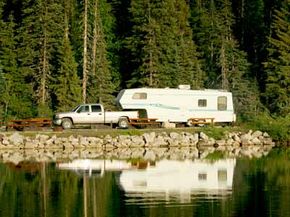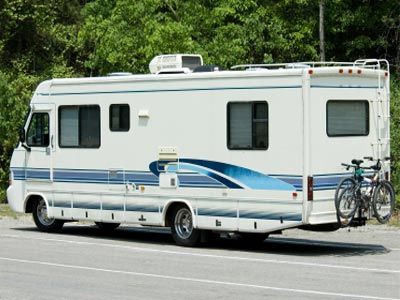Whether it's a gigantic RV or a herd of draft horses, if you're looking to do some major towing, you're going to need the right equipment to get the job done. This not only includes a serious pickup truck and a sturdy trailer, but a hardcore hitch as well. Class I and II hitches can be used for the lightest loads with simple drawbar systems. Class III and Class IV hitches will take you up to around 10,000 pounds (just under 4,536 kilograms) of gross trailer weight and are often handy if you're hauling campers and boats. Beyond that are the Class V hitches -- gooseneck hitches included -- that can handle up to around 30,000 pounds (about 13,000 kilograms).
Unlike regular hitches that extend from the back of the towing vehicle, gooseneck hitches, and the closely-related fifth wheel hitches, are anchored through the bed of a pickup truck. Gooseneck hitches use a hitch ball to lock into place, while fifth wheel hitches use a wheel-shaped plate to accomplish the connection. Besides their strength, gooseneck hitches are also popular because the types of trailers they pull are able to make tighter turns than the ones that connect off the back of the towing vehicle.
Advertisement
Depending on the model, gooseneck hitches generally cost a couple hundred dollars and an installation kit may or may not be included in that price. Some are easier to install on certain makes and models than others, so if you're the do-it-yourself type, you may want to take that into consideration. On the next page, we'll look at a few more factors to take into account while choosing a gooseneck hitch.



